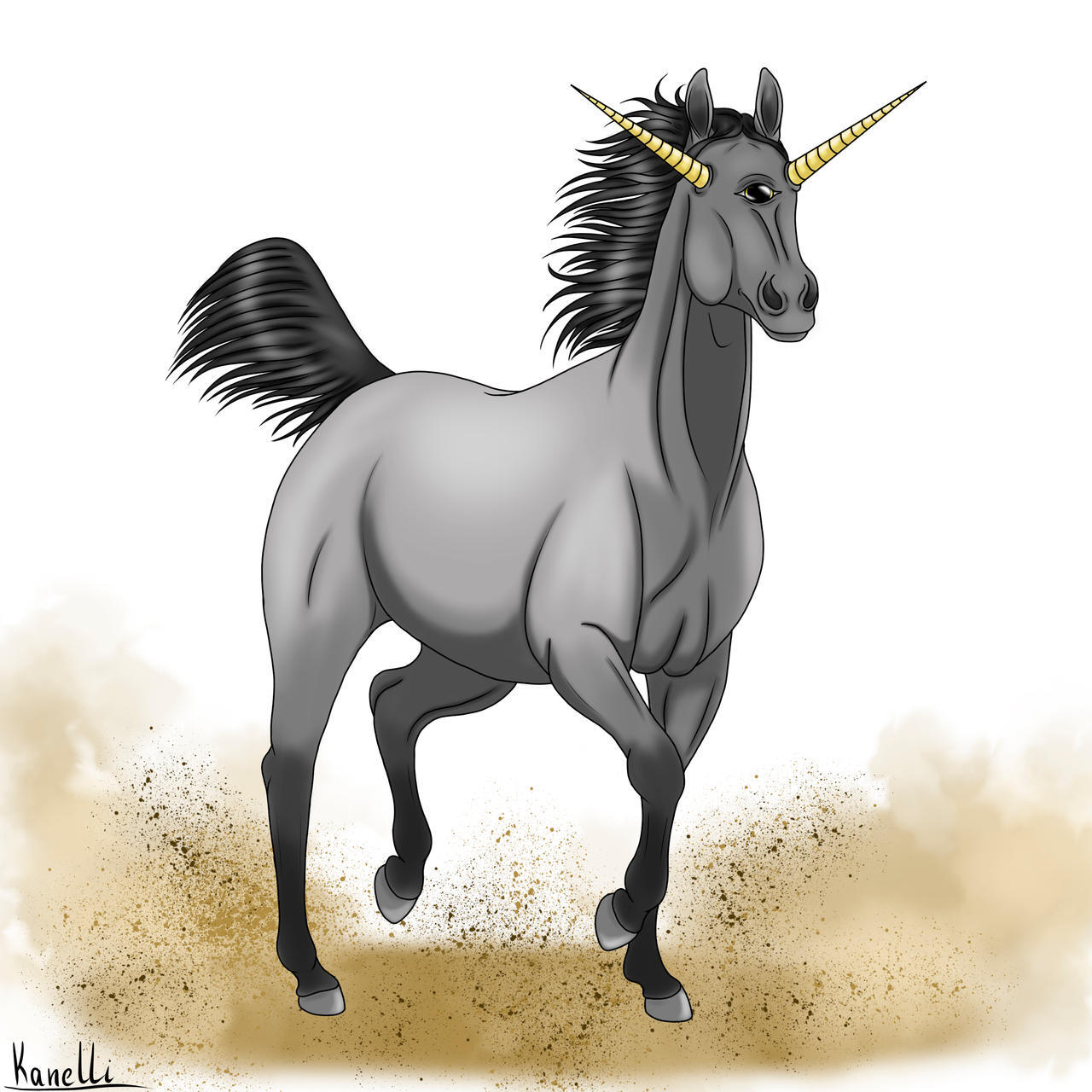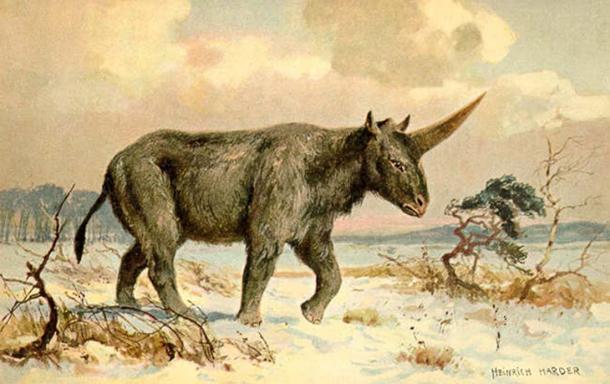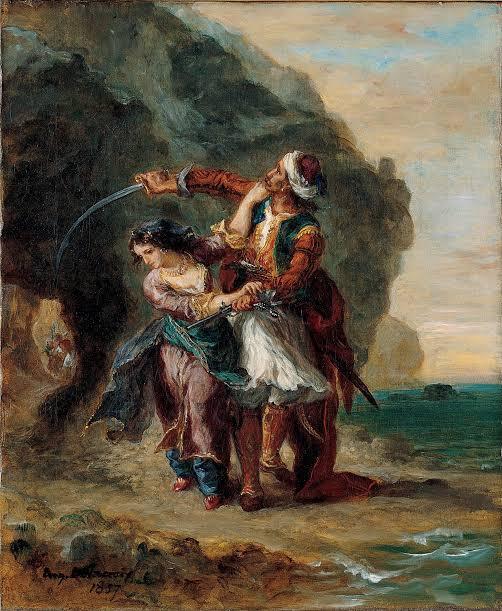That means we could also use bicorn, tricorn, etc.
Bicorniclops:

To me it sounds more like unique-horn.
this is the answer
Wait until you find out the depth of creativity contained in the naming of the “rhinoceros”.
The word rhinoceros is derived through Latin from the Ancient Greek: ῥῑνόκερως, which is composed of ῥῑνο- (rhino-, “nose”) and κέρας (keras, “horn”) with a horn on the nose. The name has been in use since the 14th century.[8]
Little harder than uni and corn but still good
And hippopotamus!
Triceratops
TricornTriceratops already means “Three-Horned Face” =P It’s just Greek instead of Latin.
unicorn (n.) early 13c., from Old French unicorne, from Late Latin unicornus (Vulgate), from noun use of Latin unicornis (adj.) “having one horn,” from uni- “one” (from PIE root *oi-no- “one, unique”) + cornus “horn” (from PIE root *ker- (1) “horn; head”).
The Late Latin word translates Greek monoceros, itself rendering Hebrew re’em (Deuteronomy xxxiii.17 and elsewhere), which probably was a kind of wild ox. According to Pliny, a creature with a horse’s body, deer’s head, elephant’s feet, lion’s tail, and one black horn two cubits long projecting from its forehead. Compare German Einhorn, Welsh ungorn, Breton uncorn, Old Church Slavonic ino-rogu. Old English used anhorn as a loan-translation of Latin unicornis.
also from early 13c.
According to Pliny, a creature with a horse’s body, deer’s head, elephant’s feet, lion’s tail, and one black horn two cubits long projecting from its forehead
That’s a pretty good description of Elasmotherium.

Pliny should have missed the last Elasmotherium by like 100,000 years, though, give or take a few years.
Wait until you hear about bicycles.
Is that like a unicycle but with two wheels?
The butterfly from The Last Unicorn told us this.
Is that why I’m getting downvoted? Tough crowd.
Butt Stallion from Borderlands was a bicorn in fact, not a unicorn









